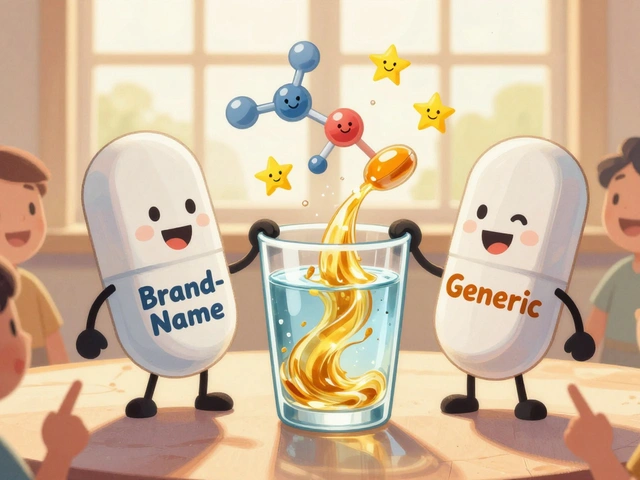PCSK9 inhibitors: How they lower LDL and who needs them
If statins and lifestyle changes haven’t got your LDL where it needs to be, PCSK9 inhibitors can cut LDL by about half — that’s a big jump. These drugs aren’t first-line for most people, but for certain patients they change the game. Want clear, practical info? Read on.
How PCSK9 inhibitors work
PCSK9 is a protein that tells the liver to remove fewer LDL receptors. Fewer receptors means higher blood LDL. PCSK9 inhibitors — most commonly alirocumab and evolocumab — block that protein so the liver can pull more LDL out of the blood. The result: large LDL drops, often 50% or more. A newer option, inclisiran, uses a different method (small interfering RNA) to lower PCSK9 production and is dosed less often.
Big trials like FOURIER (evolocumab) and ODYSSEY (alirocumab) showed these drugs not only lower LDL but also reduce heart attacks and strokes by roughly 15% in people with atherosclerotic cardiovascular disease. That’s why doctors consider them when risk is high.
Who should consider PCSK9 inhibitors and what to expect
Think about them if you have: a history of heart attack/stroke (ASCVD) and LDL still high despite max-tolerated statin; heterozygous familial hypercholesterolemia; or true statin intolerance where alternatives haven’t worked. Doctors usually add a PCSK9 inhibitor to existing therapy, not replace it.
Dosing is simple but varies: alirocumab and evolocumab are injected under the skin every 2–4 weeks. Inclisiran is given as injections at baseline, 3 months, then every 6 months. Most people or caregivers can learn to self-inject. Common side effects are injection-site reactions, mild flu-like symptoms, and occasional muscle aches. Long-term safety at extremely low LDL levels is still being watched, but current data are reassuring.
Practical tips: get an LDL test 4–12 weeks after starting to see the drop. If your LDL doesn’t fall as expected, check adherence and storage (biologics need proper refrigeration). Tell your clinician about pregnancy plans — these drugs are generally avoided during pregnancy.
Cost and access matter. PCSK9 inhibitors are expensive without coverage, but many manufacturers offer copay help or patient-assistance programs. Prior authorization from insurers is common — expect paperwork. If cost is a barrier, ask your clinic’s pharmacy team for help with appeals or programs.
Bottom line: PCSK9 inhibitors are powerful tools for cutting LDL and lowering cardiovascular risk when statins and other steps aren’t enough. Talk with your doctor about your personal risk, LDL targets, and whether one of these drugs fits your treatment plan.




